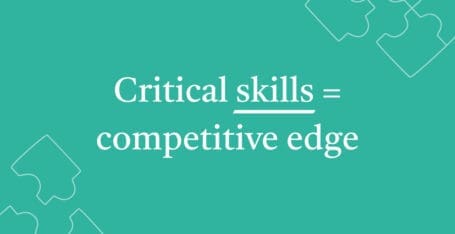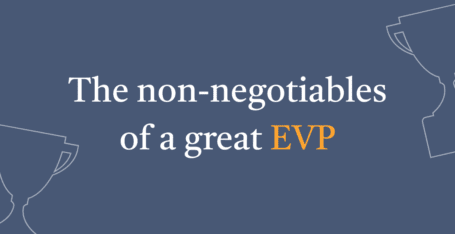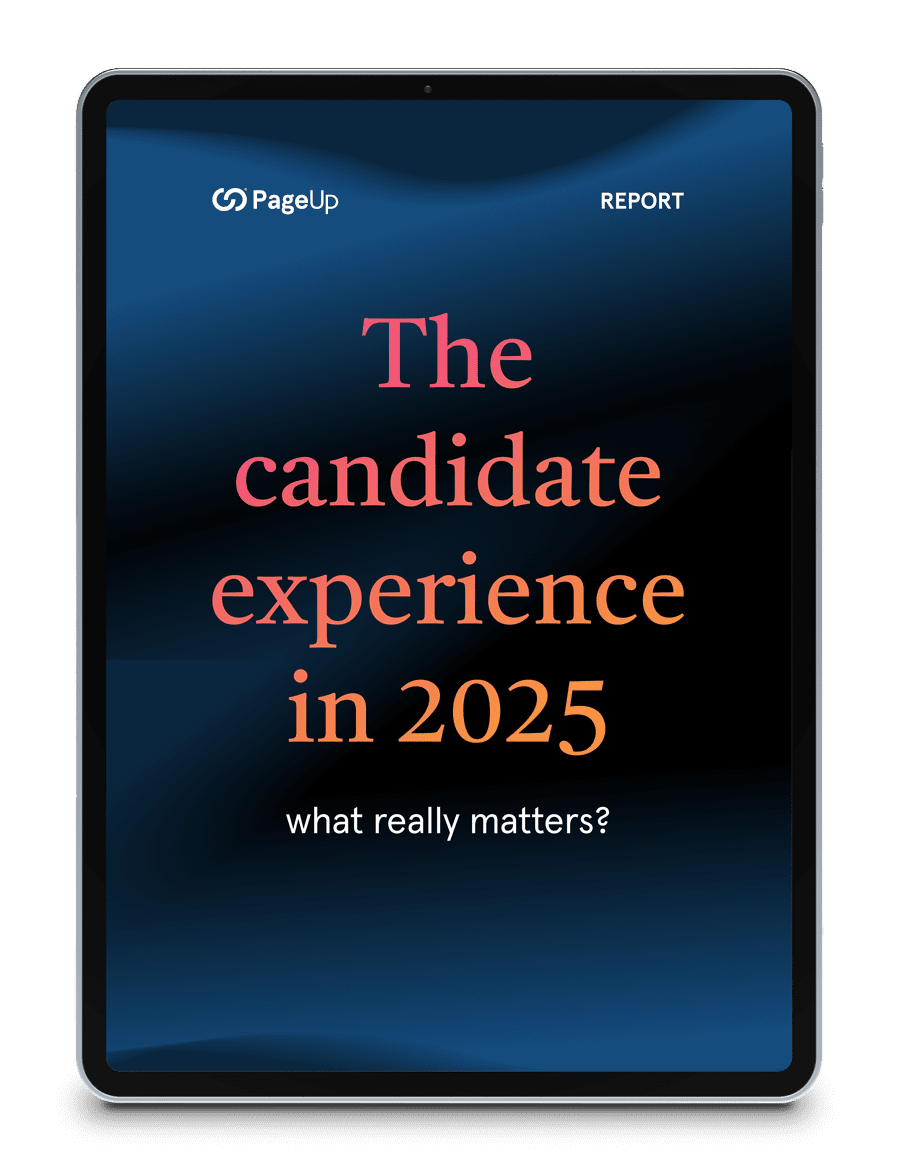Talent acquisition (TA) is no longer just about bringing new people in. It’s also about keeping great people. Internal mobility is a powerful lever for organisationsorganizations faced with rising hiring costs, shrinking external talent pools, and a workforce that needs continuous development to keep up with evolving skills.
For TA leaders, the mandate has shifted from simply filling roles to building resilient, future-ready workforces. Internal mobility is no longer just HR or L&D’s domain; it’s a shared priority. TA plays a crucial role in making it visible, accessible, and aligned with business needs.
With the right approach and technology, internal mobility isn’t just a program – it’s your competitive advantage.
Redefine the role of TA: from recruiters to talent strategists
Talent acquisition teams are increasingly seen as strategic partners in workforce planning. This starts by working closely with HR and business leaders to anticipate future skill needs and identify where internal talent can be developed or redeployed.
Success relies on shared accountability. TA leaders should align with L&D and People & Culture to define common goals and track metrics like internal fill rates, promotion velocity, and internal application volume. Clear metrics will help drive alignment and enable progress.
Where systems and policies allow, TA teams should partner with HR to gain visibility into performance, development, and succession data. These insights can help identify high-potential employees early and ensure they’re considered alongside external candidates. When internal talent is visible and part of the hiring conversation from the start, it leads to more balanced, future-ready hiring decisions.
Build a skills-first internal talent marketplace
A growing number of organisationsorganizations are shifting away from rigid job titles and moving towards more fluid roles. Skills-based hiring and development initiatives focused on upskilling and reskilling have taken off. Skills are now the currency of mobility, and employees want to understand where their current capabilities can take them.
To support this shift, working with L&D and HR teams to map existing skills across the business and encourage employees or managers to maintain up-to-date skills profiles. Use that data to drive smarter internal matches, enabling people to see and pursue realistic career paths within the organisationorganization.
A talent marketplace should offer more than full-time jobs. Include project-based work, secondments, mentorships, and stretch assignments to provide flexible and meaningful growth opportunities. This helps foster a culture of ongoing development, connecting employees with internal roles or projects that fit their strengths and ambitions.
Make internal hiring as streamlined as external
The internal candidate experience often doesn’t receive the same attention as the external one. This presents an opportunity to increase engagement with internal talent throughout the hiring process.
Start by reviewing the entire internal mobility journey. Is it easy for employees to find open roles? Are they encouraged to apply? Do they receive timely responses? Internal applicants should feel valued and prioritisedprioritized, because they are already invested in your organisationorganization.
Consider appointing dedicated internal recruiters or mobility coordinators to support internal applicants through the process. Track how many internal candidates apply, how far they progress, and where they drop off. This data helps identify roadblocks and ensures internal talent is not overlooked.
Promote internal growth like you do externally
Your external talent campaigns are built to attract, inspire, and engage. But how much of that same energy and creativity is directed inward?
Run internal campaigns that spotlight real growth stories, showing employees that careers can evolve in many directions. Launch events, webinars, or career weeks that focus on internal opportunities, skills pathways, and what’s possible beyond someone’s current role.
Make sure your internal career hub is easy to access, visually engaging, and always up to date. With PageUp, you can create dynamic, branded internal mobility hubs that feature employee stories, upcoming roles, and personalisedpersonalized recommendations, helping people see themselves in new roles before they start looking elsewhere.
How Flight Centre is reimagined mobility

In a tight talent market, Flight Centre was focused on three priorities: recruit, retain, and return. The team doubled down on high-impact sourcing channels like internal mobility, referrals, and alumni, while also supporting staff with clearer growth opportunities.
The impact? Over 40% of hires now come from internal movement and referrals, with internal roles taking just six applicants to fill, compared to 95 via job boards.
Armed with the data, the team wanted to fine-tune their recruitment strategy – using job boards to primarily recruit for high-volume entry-level roles, and more senior roles through people movement. Keeping top performers engaged with new opportunities, and delivering ROI for the business.To support this, they launched an internal careers hub, Australia’s Got Talent, making it easier for employees to explore and express interest in new roles.
“It is one of our preferred channels (internal mobility) — you know what you’re getting. The ROI is already created – they’re onboarded, and it’s easier to backfill a more junior role than a senior role.” – Allisa O’Connell, Flight Centre Travel Group
Shift mindsets of hiring managers
Hiring managers play a pivotal role in bringing internal mobility to life. When they embrace it, they help unlock growth not just for individuals, but for the entire organisationorganization.
Encouraging internal movement gives teams access to fresh ideas, broadens business capability, and builds a reputation as a great place to grow. By embedding mobility expectations into leadership KPIs, you can recogniserecognize and reward those who actively develop, champion, and share talent across the business.
Storytelling is a powerful tool here. Share examples of teams that have grown stronger through internal moves, where individuals have stepped into new challenges and their former teams have thrived by building a strong pipeline behind them. Helping leaders reframe internal mobility as a sign of strong leadership, not loss, can shift the culture from protection to progression.
Final thought: internal is the new external
Internal mobility is no longer just a retention tactic. It’s a full-blown talent strategy. TA leaders who embrace this shift will futureproof their organisationsorganizations and create more meaningful careers for the people already on their teams.
Start now. Shift the lens. Re-recruit your top talent before someone else does.
Discover how PageUp can drive your mobility strategy and request a demo today.











